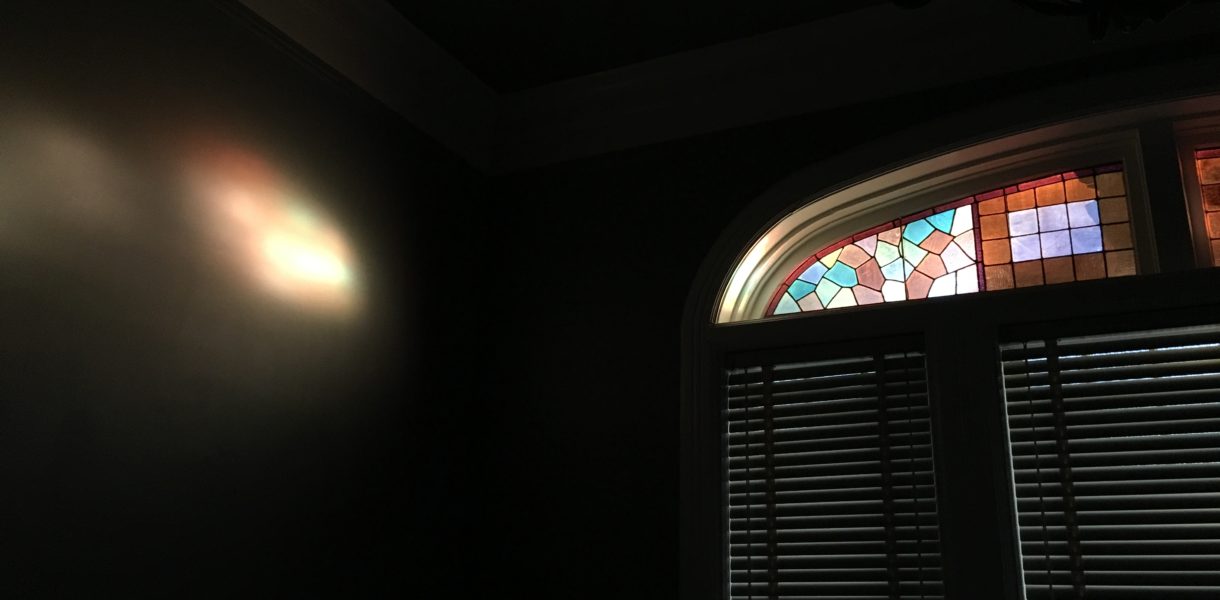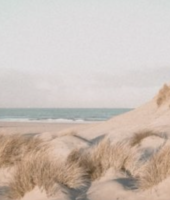With all of this extra time at home, you’re getting some use out of that Netflix subscription, aren’t you? What about video games, books, live stream concerts? Did you see Andrea Bocelli’s Easter performance at the Duomo?
These things have made staying at home a little more bearable. After all, art heals, distracts and fills parts of us that have wilted. But I’m afraid we’ll forget all of that when this is over. Once we’re allowed to roam free, people will forget how craftspeople enriched their lives indoors.
I recently graduated from an art school that just permanently closed one of its major campuses. The art school I went to before that, San Francisco Art Institute, announced in March that it’s completely closing. SFAI sent out a humble plead for financial support. Sure, the community responded well to their message.
So well, that two weeks later, SFAI posted to their social media: “We heard you. You want to keep SFAI alive. We want to keep SFAI alive. Let’s work together.” But would it have been the same response pre-pandemic?
Battles for art funding began long before the COVID-19 crisis. Back in 2018, the Art Institutes (no affiliation with SFAI) closed twenty-three campuses across the country. Art and music get slashed from elementary and high school curriculums, valuing it less than math or science.
Right now, most everyone sees the arts as indispensable because they want the content to continue flowing. What does this tell you about our attention spans? What’s going to happen to art funding programs post-pandemic?
Perhaps more concerning than the money, though, is the broken mindset. People say, “Artists get to do what they love,” as if that’s enough to survive, then gorge themselves on our livelihoods. Yes, there’s a give and take to art. But I’m not sure having a lot of this content on our screens helps balance the two. Music, check. Movies, podcasts, books, art, check, check, check, check.
I wonder, does the screen distance the artist right out of the picture? It allows people to take, take, take. Art and the people who make it is indivisible. They’re not seeing the creators; they see only the content we produce.
We must remember that musicians don’t have to perform live from home. Audible didn’t have to put up free books for children. Disney didn’t have to extend the Disney+ free trial period. Museums didn’t have to digitize exhibits. Then why do it? It’s no secret—we know that art makes difficult times better. It’s the same reason artist groups often raise money, provide resources after natural disasters. People want to be close to art, and so do we.
We want stable places to learn our crafts, whether that’s online or on campus. Trained artists, ready for their fields are vital as ever. It’s difficult enough pursuing the arts and seeing it as a career. It’s even harder when people don’t acknowledge all that you’re giving them. Only during tough times—like a pandemic—people show their support. But even then, people appreciate the wrong thing.






